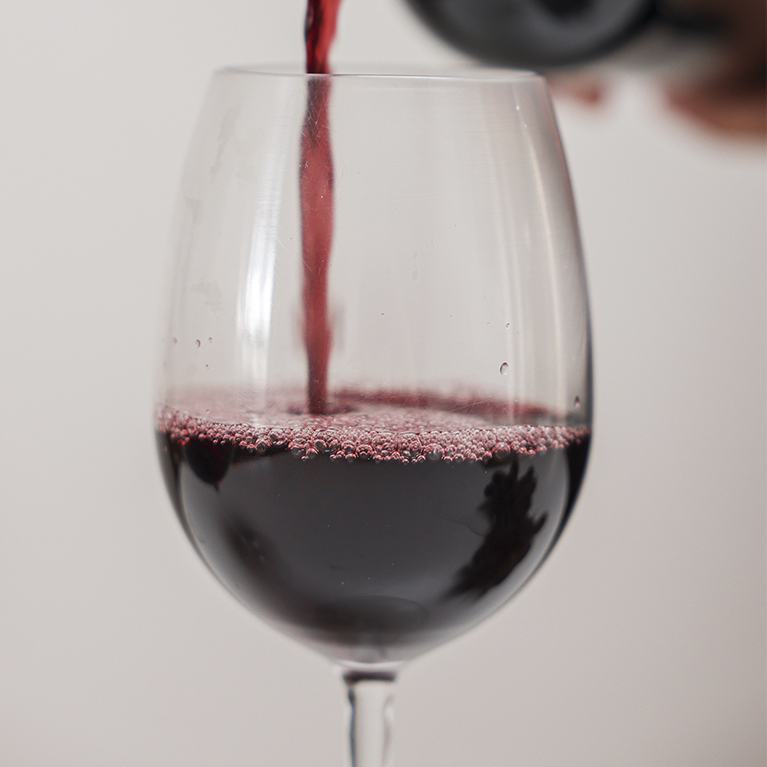This news belong to
Cavas and wines
News
Acidity is very important in wine. Wines are not only composed of acids, but also of alcohol, tannins and sugar. The acidity gives freshness to the wine and highlights the flavours. The main example of acidity in wine is if salivation is constant when drinking a glass of wine, one can safely say, “this wine is acid”.
Types of acidity in wine
From the grape
- Citric Acid It is present in the grape, its name is associated with fruits such as orange or lemon, after fermentation this acid disappears.
- Tartaric Acid This is a more abundant and characteristic acid of wine. It comes from grapes and works as a natural acidifier and preservative. In wine, it can be used as an acidity corrector.
- Malic Acid Thanks to this acid, the wine loses acidity and gains softness. It is a very common acid in nature, especially in leaves and some fruits. This acid is more characteristic in white grape wines such as our Segura Viudas Xarel·lo and Creu de Lavit. The less ripe a grape is, the higher its concentration of this acid will be.
From fermentation
- Acetic Acid Unlike other acids, this is a volatile acid. Produces sour flavours and odors.
- Lactic Acid It is produced from malic acid, when milk bacteria attack it. It is produced during the fermentation of grape sugars.
- Succinic Acid During fermentation, this acid is formed, thanks to the action of yeast. This produces salty and bitter flavours as well as acids in the wine.
How does it influence the quality of the wine?
As they tell us from Valtea, there are certain components that influence the quality of the wine such as volatile acidity, malic acid, total acidity or PH. Depending on the values of these types of acids, it is said that a wine has more or less quality.
To determine the volatile acidity, the amount of acetic acid in the wine is measured. The normal measure is 0.3 to 0.6 grams per litter. The lower the volatile acidity a wine has, the higher the quality. Malic acid occurs when the ripening of the grapes is not complete; it is present in the must than in the wine. Thanks to this acid, the taste of the wine is softened. The total acidity of the wine is measured in the total grams of tartaric acid present per litter of wine. The average is between 4.5 and 7 grams per litter.
The PH produces in the wine the acid sensation when we drink it. It must be in PH values between 3.10 and 3.90 for its quality to be optimal.


